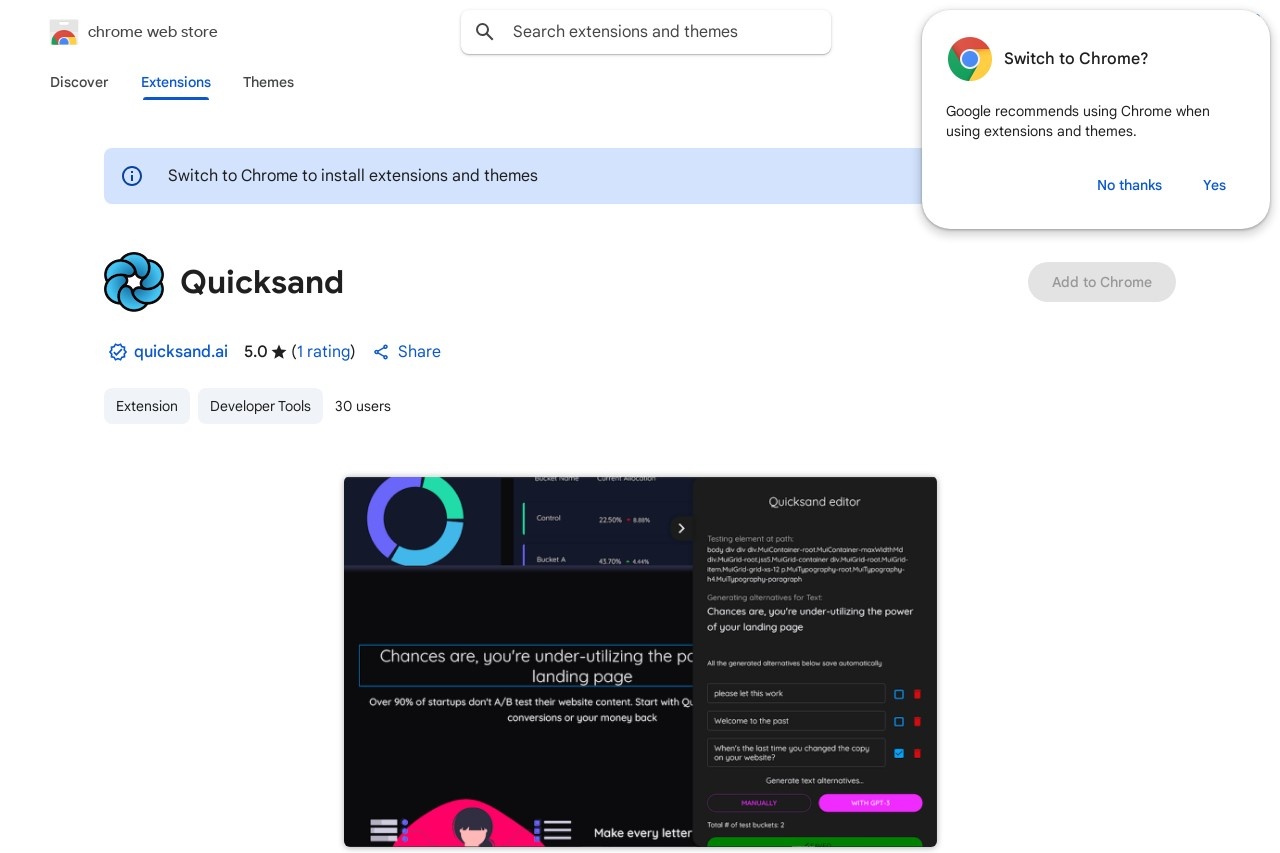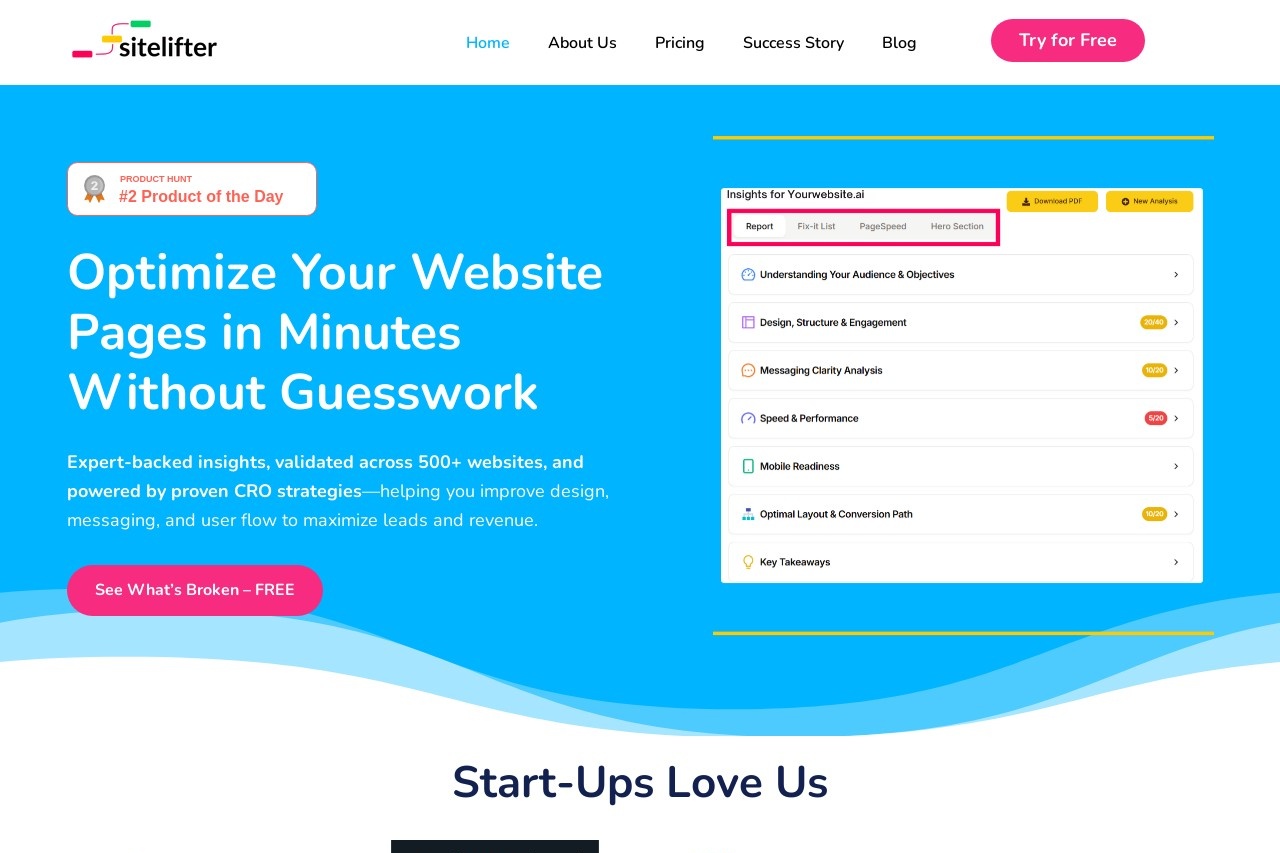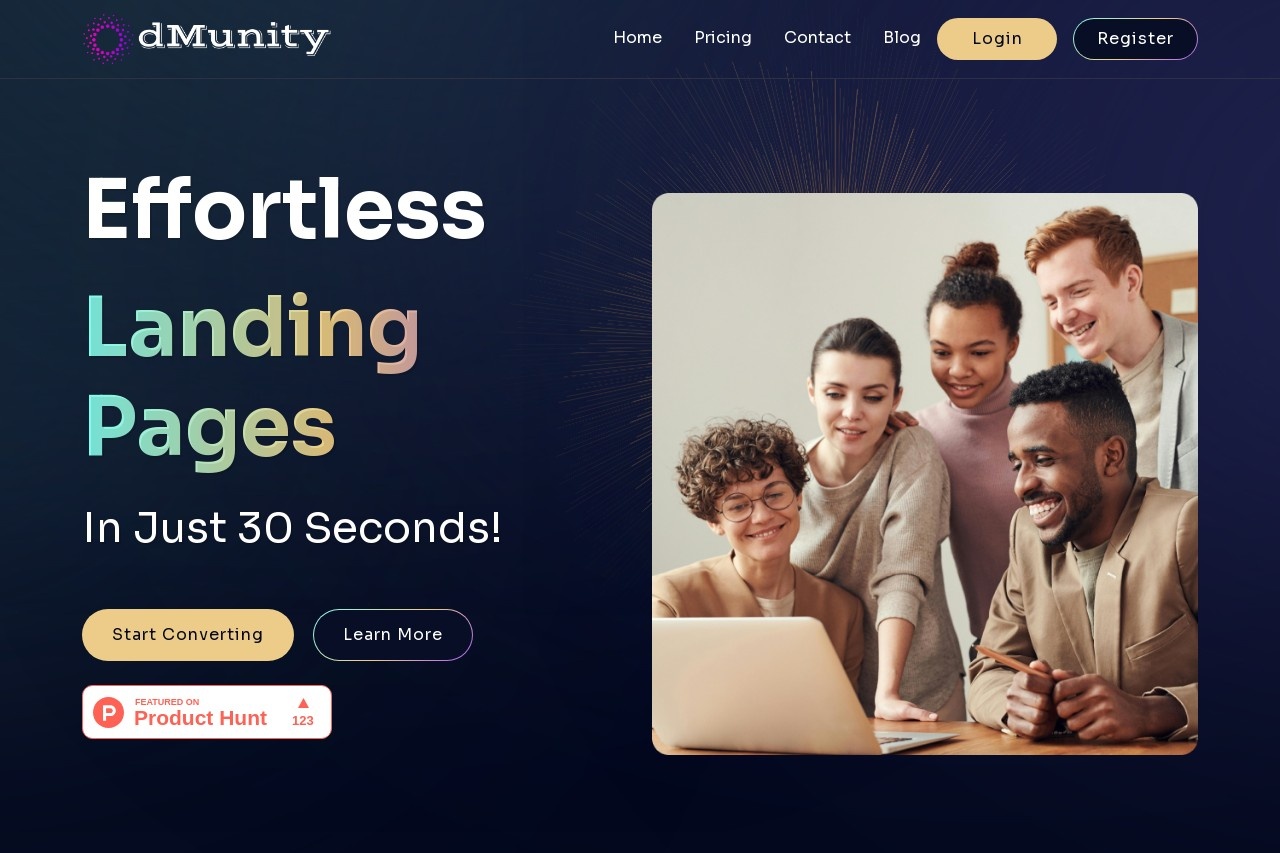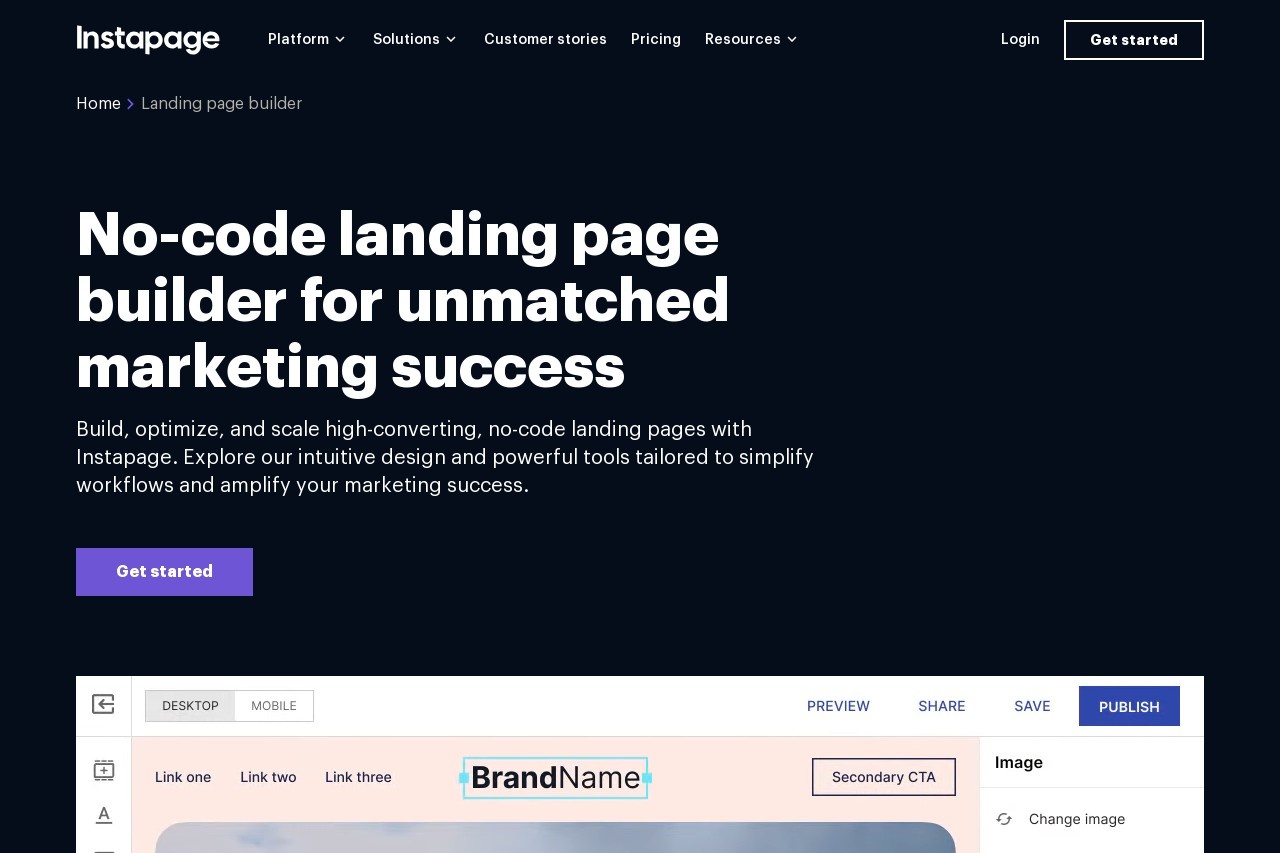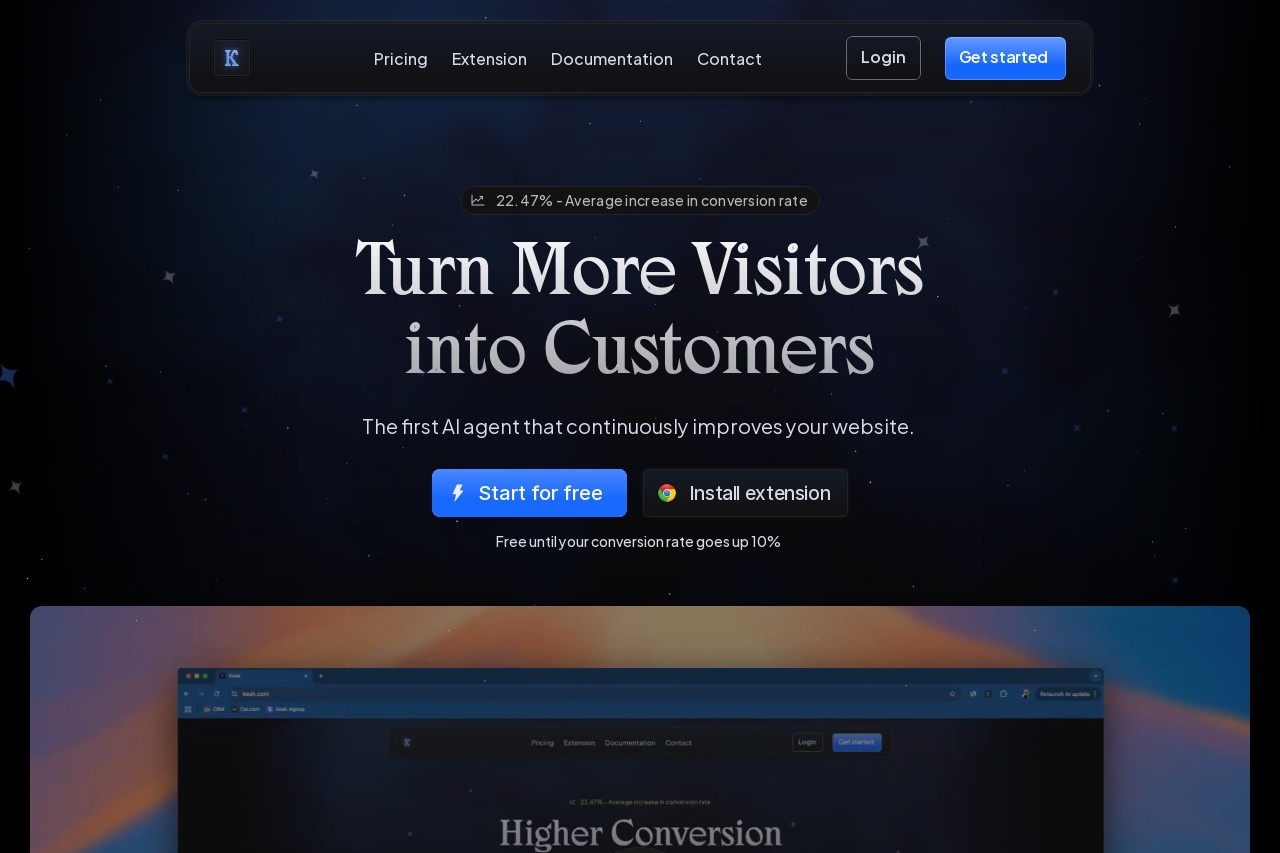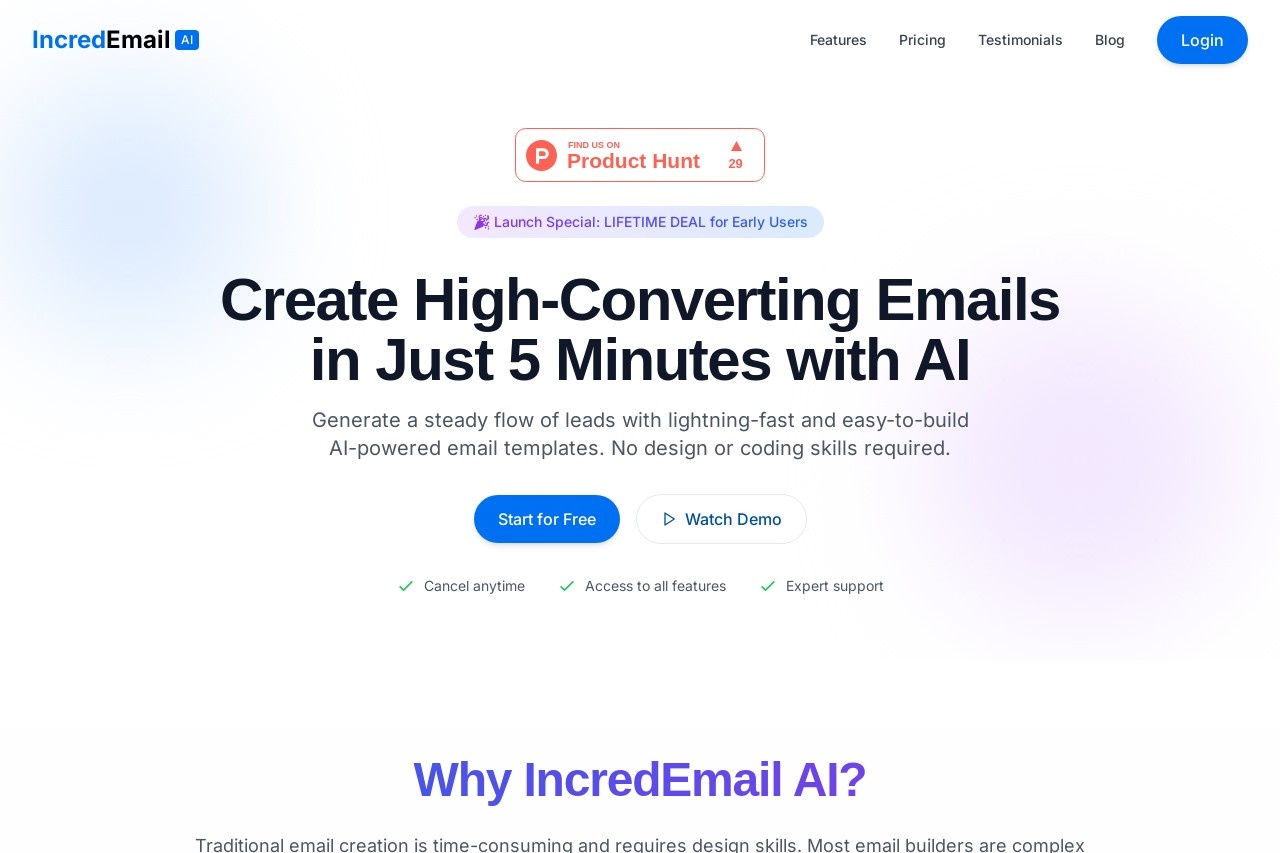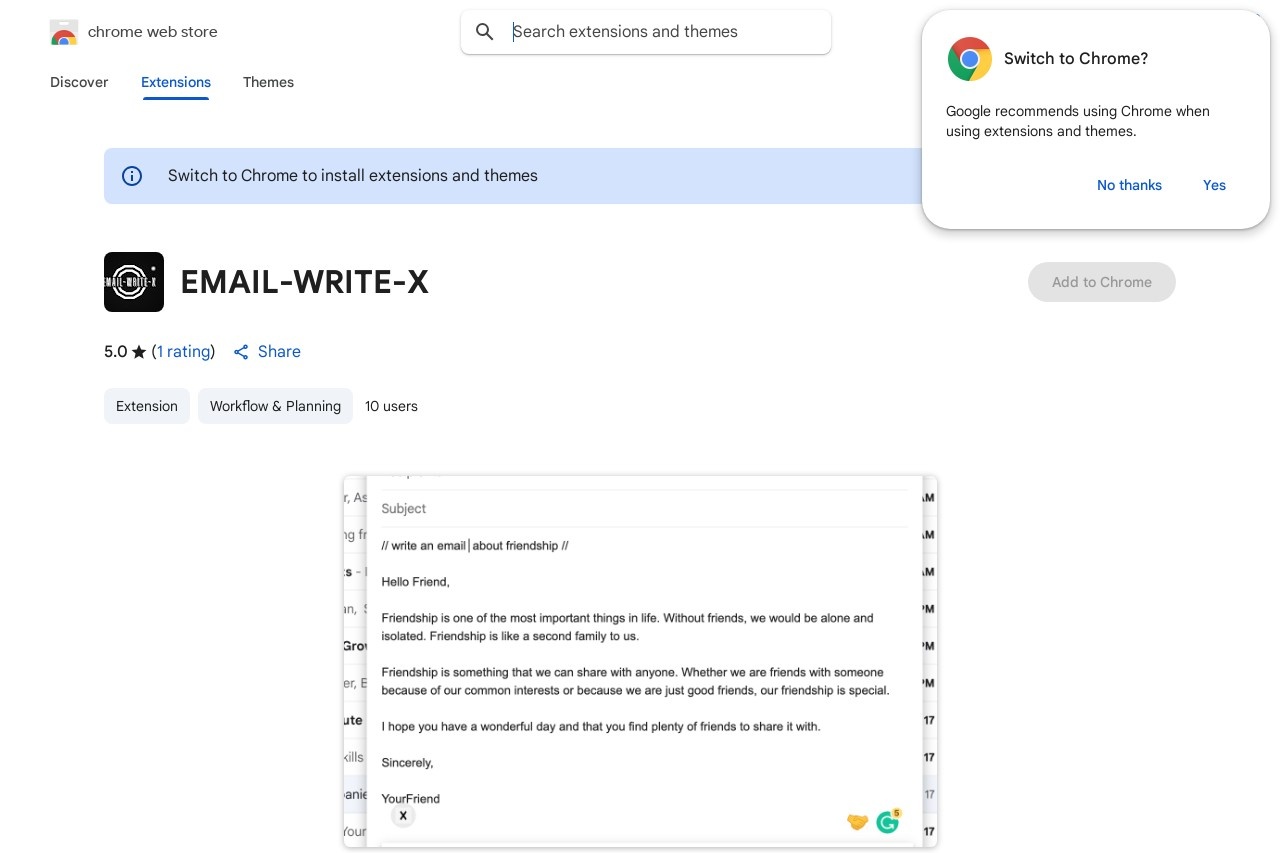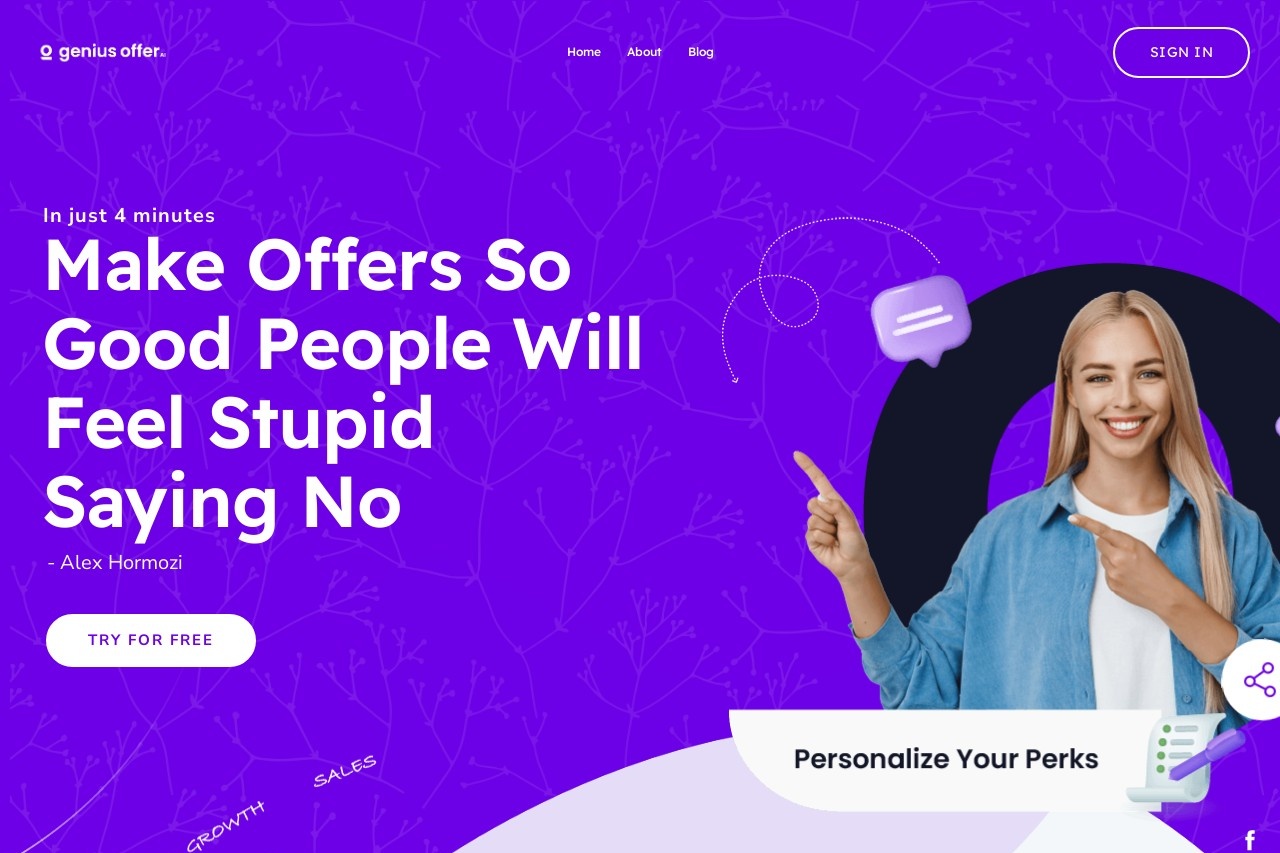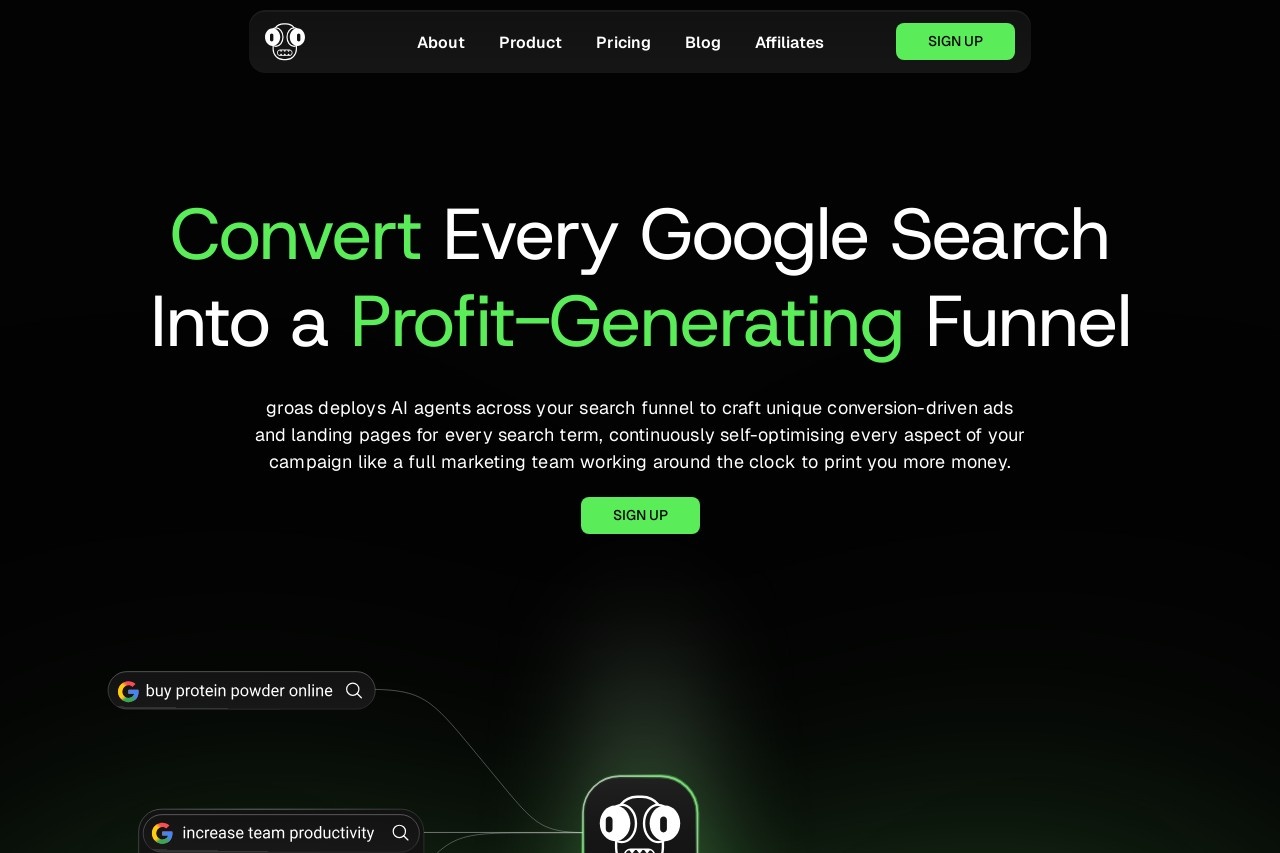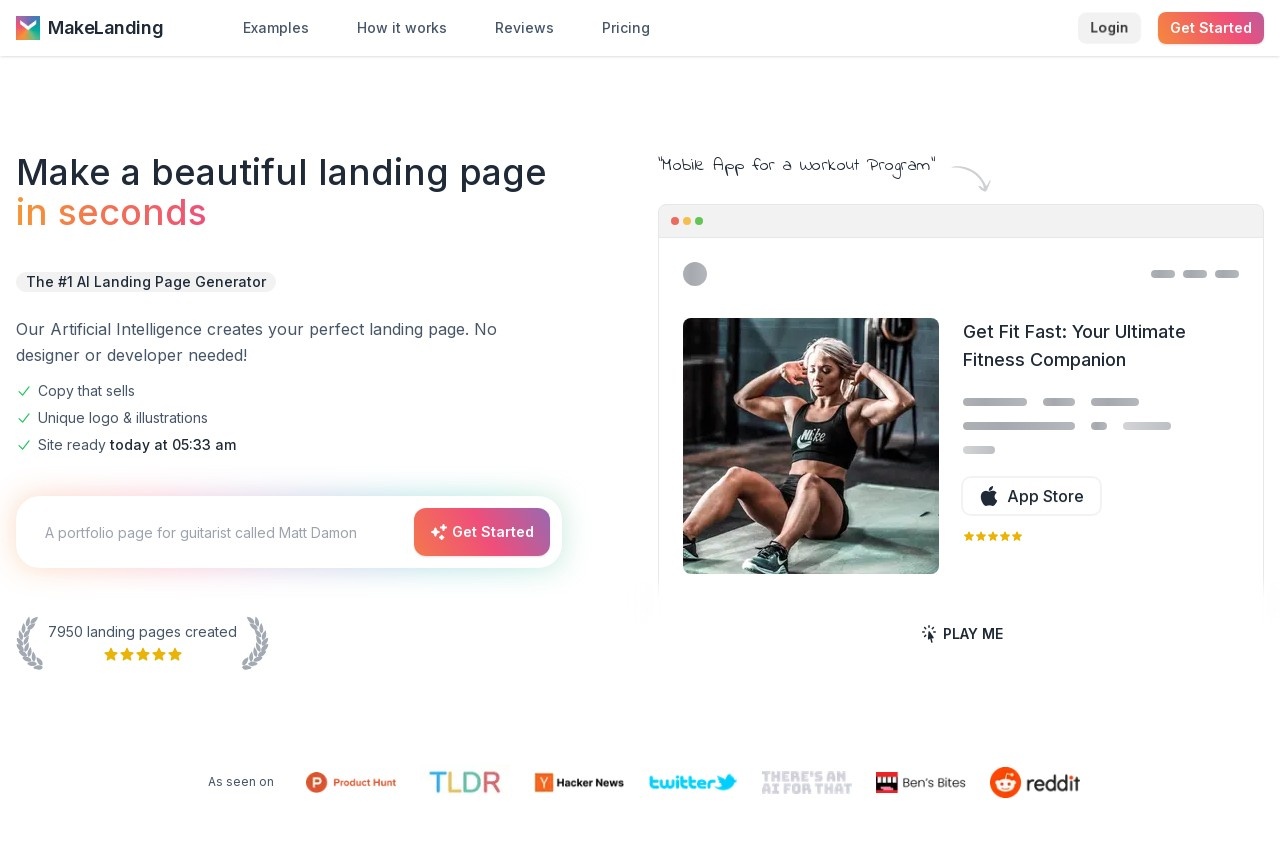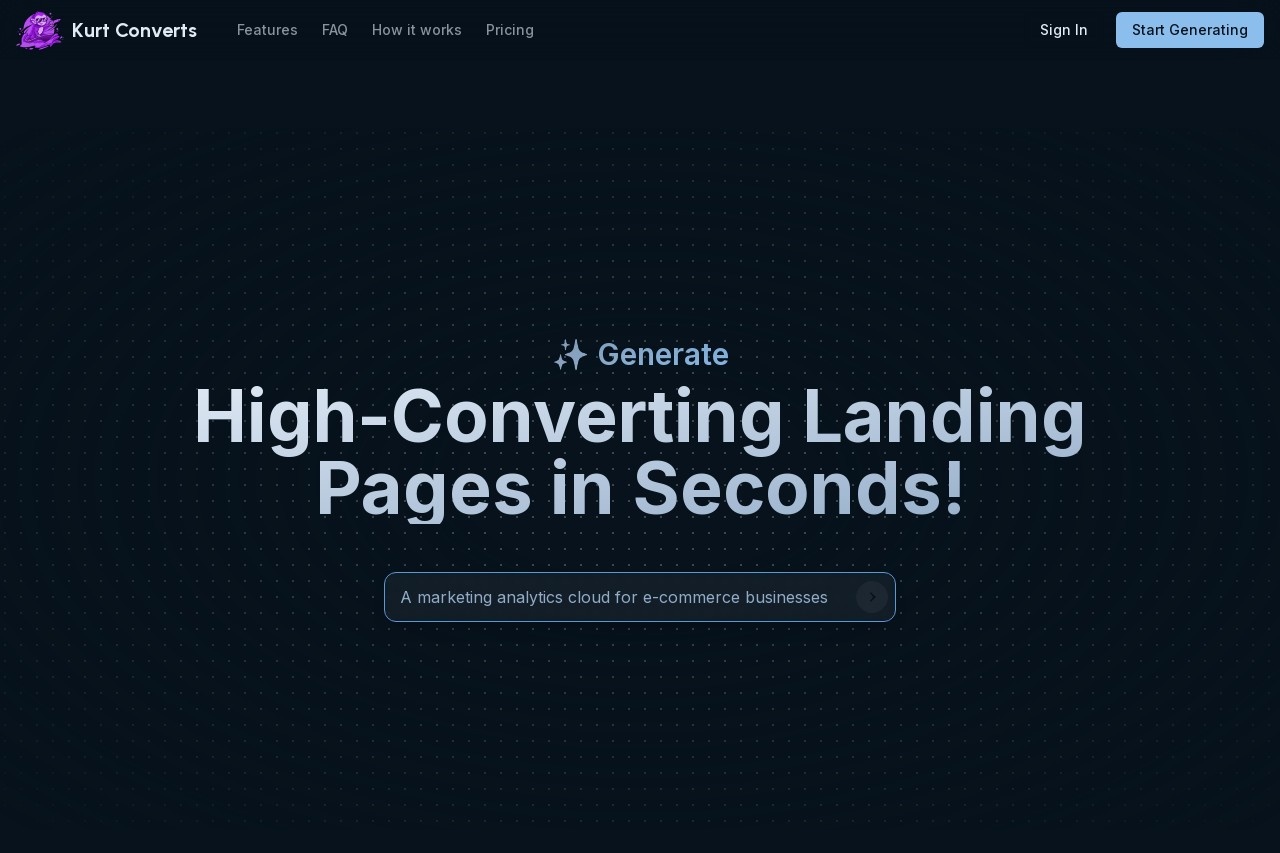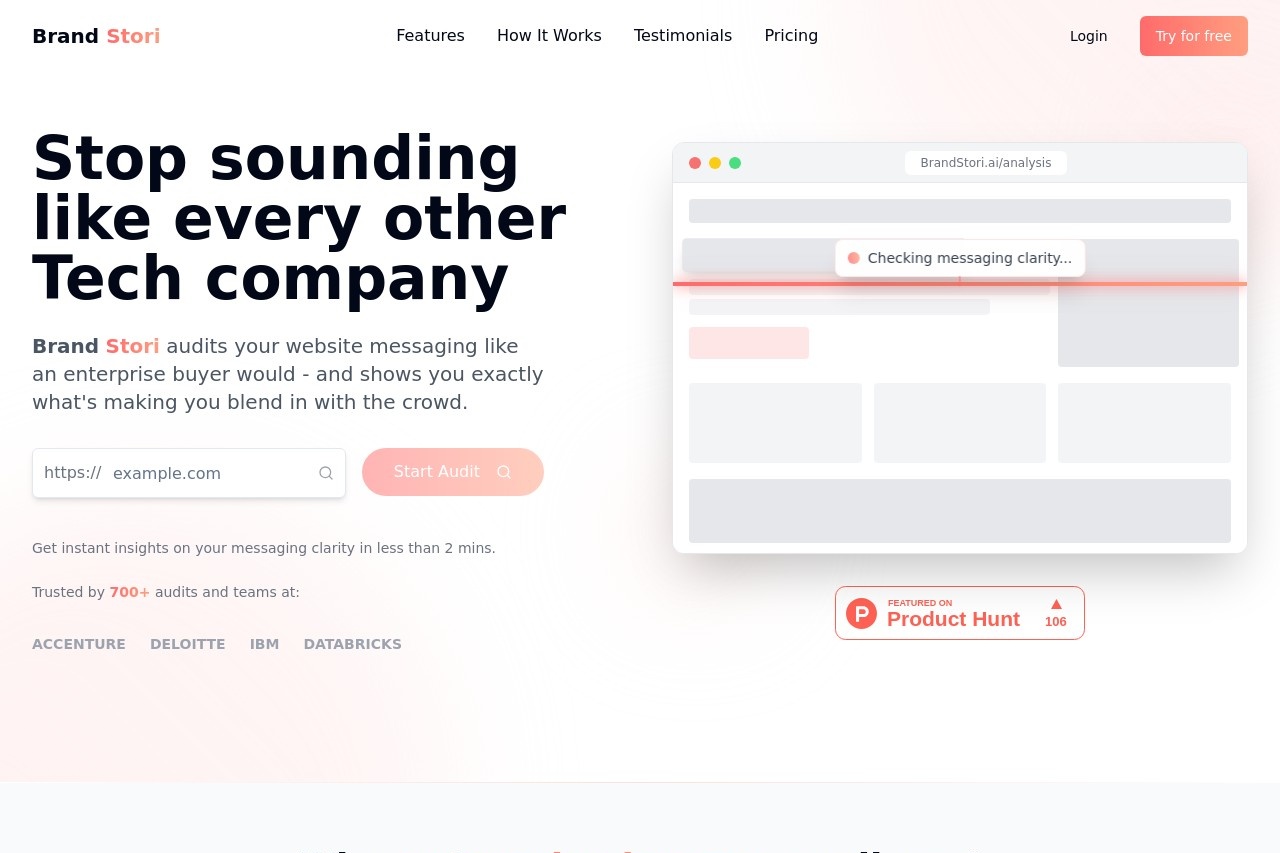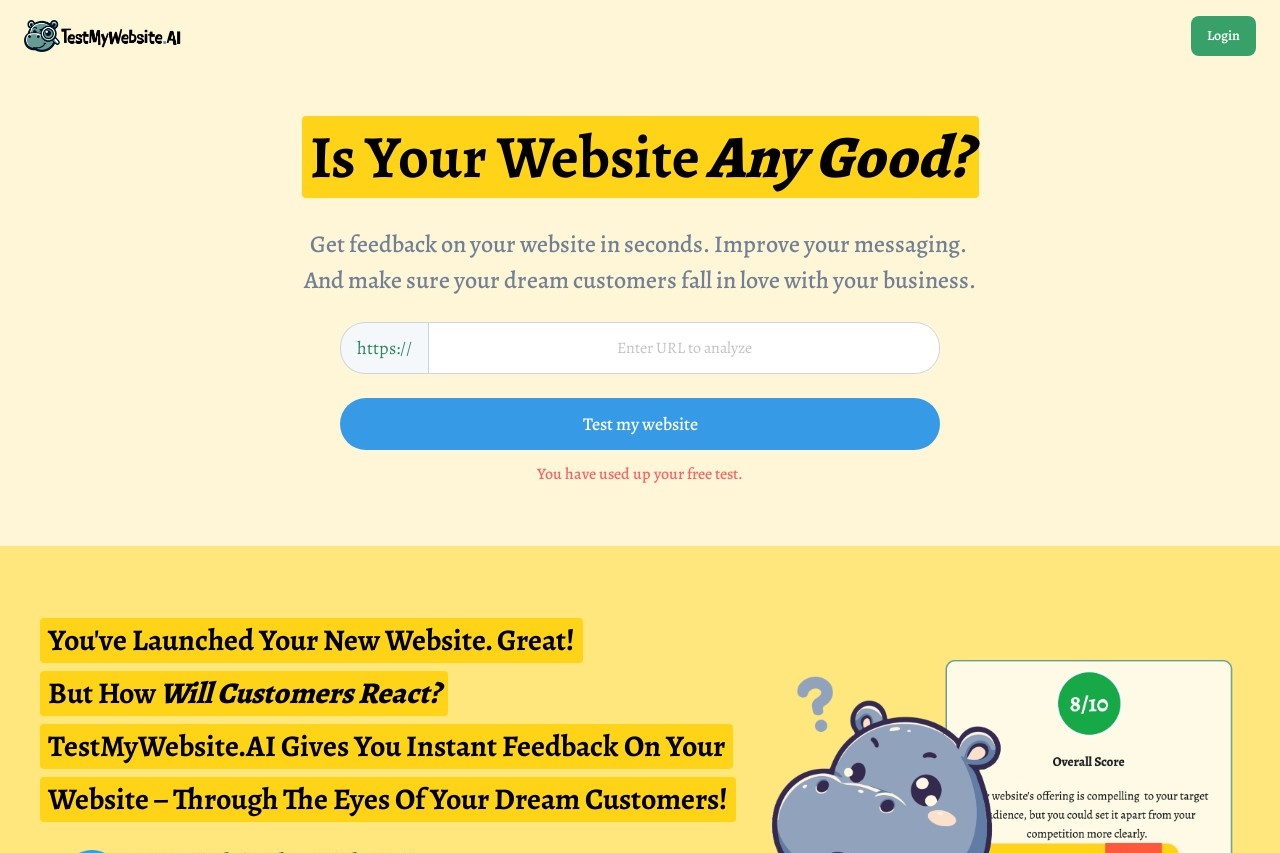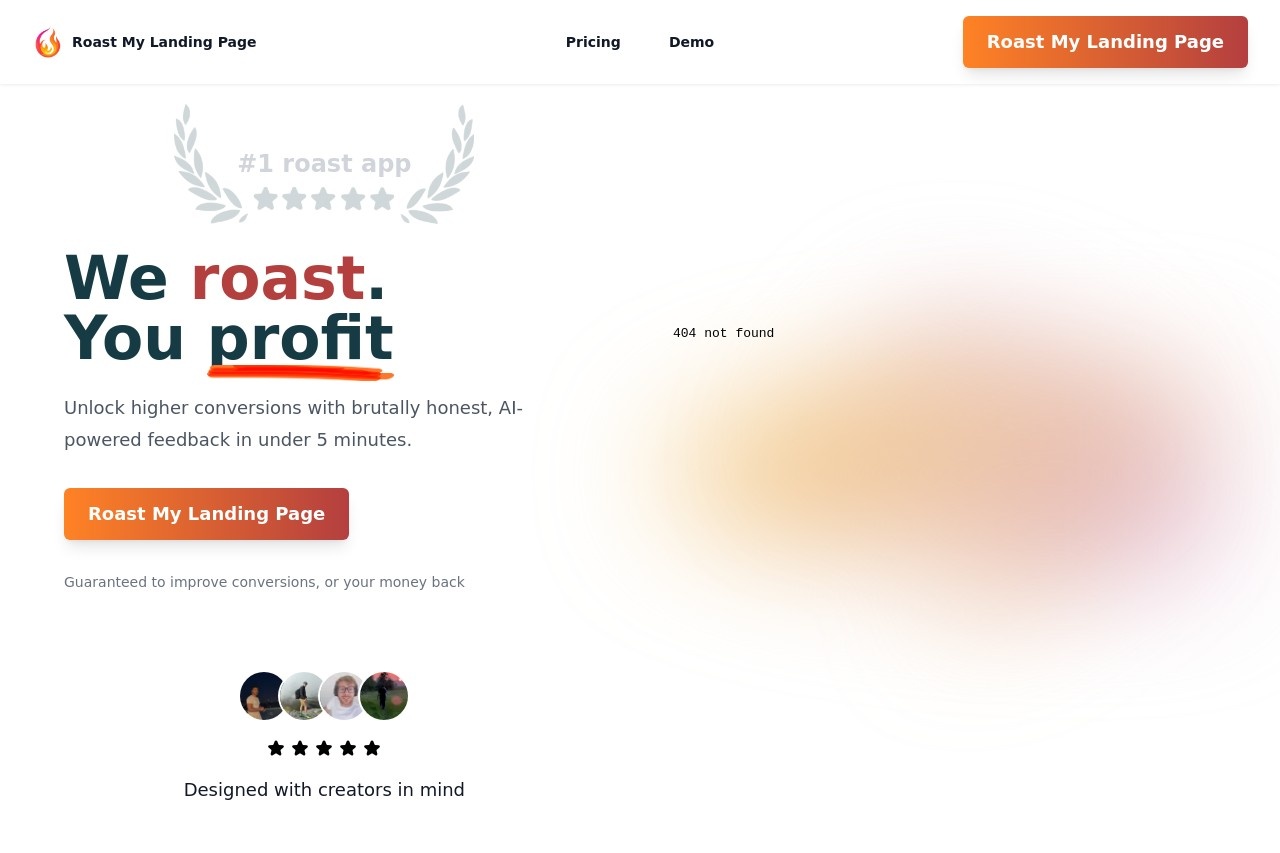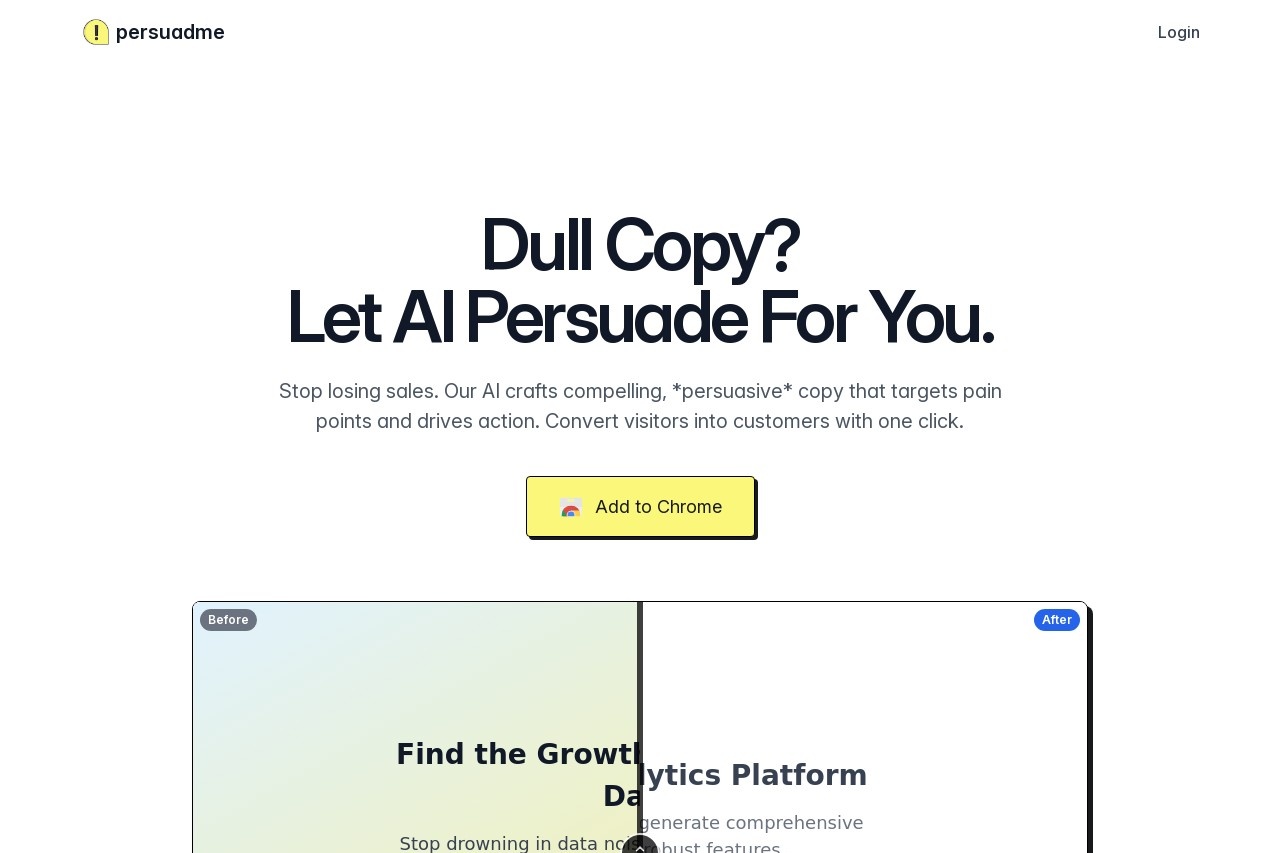Quicksand
Quicksand: Edit Landing Page Copy Using GPT-3
In today's fast-paced digital world, your landing page is often the first impression potential customers have of your brand. A well-crafted landing page can convert visitors into loyal customers, while a poorly written one can drive them away. That's where GPT-3 comes in.
Why Use GPT-3 for Landing Page Copy?
GPT-3, OpenAI's advanced language model, offers several advantages for editing and optimizing landing page content:
- Time Efficiency: Generate multiple copy variations in minutes
- Consistency: Maintain brand voice across all pages
- Conversion Optimization: Create persuasive, action-oriented content
- A/B Testing: Quickly produce alternative versions for testing
Key Elements to Improve with GPT-3
When editing your landing page copy, focus on these critical components:
- Headline: The first thing visitors see - make it compelling
- Value Proposition: Clearly explain what makes your offering unique
- Call-to-Action: Guide visitors toward the desired action
- Social Proof: Incorporate testimonials and trust signals
- Scannability: Use bullet points and short paragraphs
Best Practices for GPT-3 Editing
To get the best results when using GPT-3 for landing page copy:
- Provide clear instructions about your target audience
- Include examples of your preferred writing style
- Specify the desired emotional tone (urgent, friendly, professional, etc.)
- Request multiple variations to compare
- Always review and refine the AI-generated content
Remember, while GPT-3 is a powerful tool, human oversight ensures the final copy aligns perfectly with your brand and business goals. The combination of AI efficiency and human judgment creates landing page copy that truly converts.
By leveraging GPT-3 for your landing page edits, you can significantly reduce the time and resources needed to create high-performing marketing content while maintaining quality and effectiveness.

